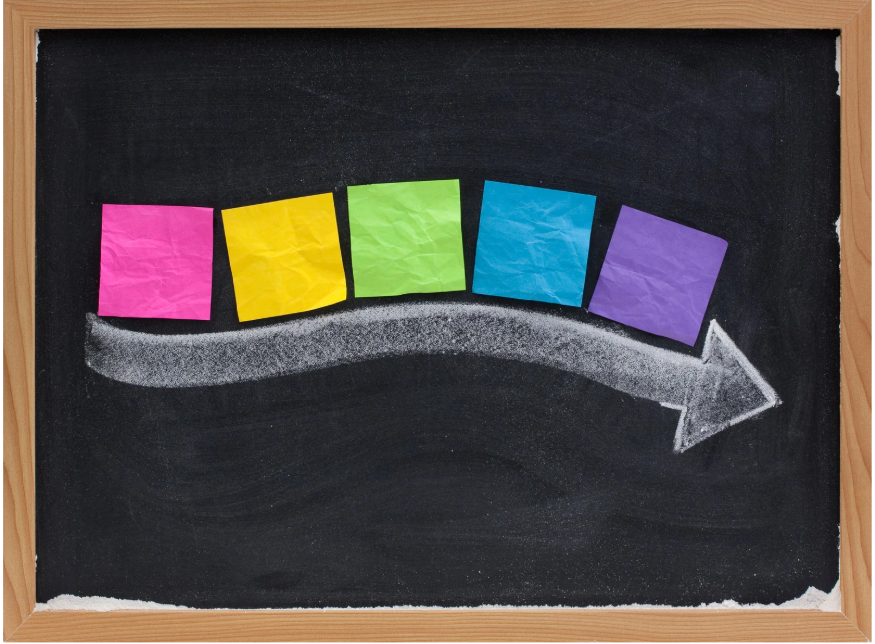Alcohol Withdrawal Timeline: What to Expect Day 1 to 14
Alcohol withdrawal timeline questions are some of the most common we hear. If you or a loved one is reducing or stopping alcohol, knowing what typically happens in the first hours, days, and weeks can help you prepare, stay safer, and get the right support. Withdrawal can be serious. If symptoms escalate or you have a history of severe withdrawal, seek medical care immediately.

Important Safety Note
Alcohol withdrawal can lead to complications including seizures and delirium tremens (DTs). If you experience confusion, hallucinations, fever, seizure activity, uncontrolled vomiting, or severe tremors, call 911 or go to the nearest emergency department. Outpatient detox is not appropriate for everyone.
Why Withdrawal Happens
With regular heavy drinking, the brain adapts to alcohol’s depressant effects. When alcohol is removed, the nervous system rebounds, which creates overactivity. That overactivity drives symptoms like tremor, anxiety, sweating, and in severe cases seizures or DTs. See background details at NIAAA and clinical overviews via MedlinePlus.
Alcohol Withdrawal Timeline Overview
The exact course varies by person, drinking history, medical conditions, and previous withdrawals. The outline below describes patterns commonly reported in the literature.
Hours 6–12
- Mild to moderate symptoms often begin: anxiety, restlessness, irritability, headache, nausea, insomnia, increased heart rate, sweating, tremor.
- Hydration, light bland food, and a calm environment may help, but medical assessment is recommended for anyone with risk factors.
Hours 12–24
- Symptoms can intensify; blood pressure and pulse may rise.
- Some people experience heightened anxiety and sensitivity to light or sound.
- If you notice confusion, disorientation, or any seizure activity, seek emergency care.
Days 1–3 (Peak Acute Withdrawal)
- Peak for many people: pronounced tremor, sweating, nausea or vomiting, agitation, insomnia.
- Seizure risk is highest in this window. Delirium tremens typically emerges between 48–72 hours in severe cases (confusion, hallucinations, fever, unstable vitals).
- Medically supervised detox may include medications to reduce risk and improve comfort.
Days 4–7 (Resolving Acute Symptoms)
- Acute symptoms begin to settle for many. Sleep is still disrupted, energy and mood can swing.
- Appetite returns; hydration and nutrition support recovery.
- Craving patterns can fluctuate; plan support for evenings and weekends.
Days 8–14 (Early Stabilization)
- Most physical symptoms ease; sleep and concentration gradually improve.
- Psychological symptoms such as anxiety or low mood may persist; structured treatment helps.
- Begin or continue therapy and relapse prevention planning to address triggers.
After Two Weeks: Post-Acute Symptoms
Some people experience post-acute withdrawal symptoms (PAWS) such as sleep disruption, irritability, and waves of craving. These tend to come and go and usually lessen with time, structure, and ongoing treatment. Learn more about alcohol and brain recovery from the National Institute on Drug Abuse.
Treatment Options During Withdrawal
- Medical detox: Appropriate for moderate to severe withdrawal, history of seizures/DTs, or coexisting medical conditions. Provides monitoring and medication when indicated.
- Outpatient support: For mild cases and medically cleared individuals, frequent check-ins plus therapy and recovery planning.
- Therapy and relapse prevention: Cognitive and trauma-informed approaches reduce triggers and support long-term change.
Clinical guidance on severity and management is summarized by NCBI Bookshelf: Alcohol Withdrawal.
How to Prepare Safely
- Get evaluated first: A clinician can determine the safest setting for withdrawal.
- Stabilize basics: Hydration, electrolytes, simple meals, and a quiet, safe space.
- Support network: Arrange daily check-ins with a trusted person, and know when to escalate to urgent care.
- Plan next steps: Detox is the beginning. Ongoing treatment, therapy, and support groups protect progress.
Alcohol Withdrawal Timeline FAQ
How long does alcohol withdrawal last?
Mild symptoms can begin within 6–12 hours, peak around days 1–3, and improve by days 4–7. Some people notice lingering sleep or mood issues for several weeks.
When should I go to the hospital?
Seek emergency care for seizures, confusion, hallucinations, high fever, uncontrolled vomiting, chest pain, or rapidly worsening symptoms. If in doubt, call 911.
Can alcohol withdrawal be managed at home?
Only after medical evaluation. People with heavy daily use, past seizures or DTs, serious medical conditions, or limited support should not detox at home.
What helps during the first week?
Medical supervision when indicated, hydration, nutrition, rest, a calm environment, and structured follow-up care. Therapy and a recovery plan reduce relapse risk.
What comes after detox?
Detox addresses acute withdrawal. Long-term recovery usually includes therapy, skill-building, relapse prevention, and support for mental health and life structure.
Get Help in Cincinnati
If you are considering detox or want to plan safe next steps, our team can help you navigate options and build a recovery plan that fits your life. Contact us today to speak with Sanative Recovery and Wellness.
References: NIAAA | MedlinePlus: Alcohol Withdrawal | NCBI Bookshelf: Alcohol Withdrawal
This content is for educational purposes and is not medical advice. Always seek personalized guidance from a qualified clinician.

